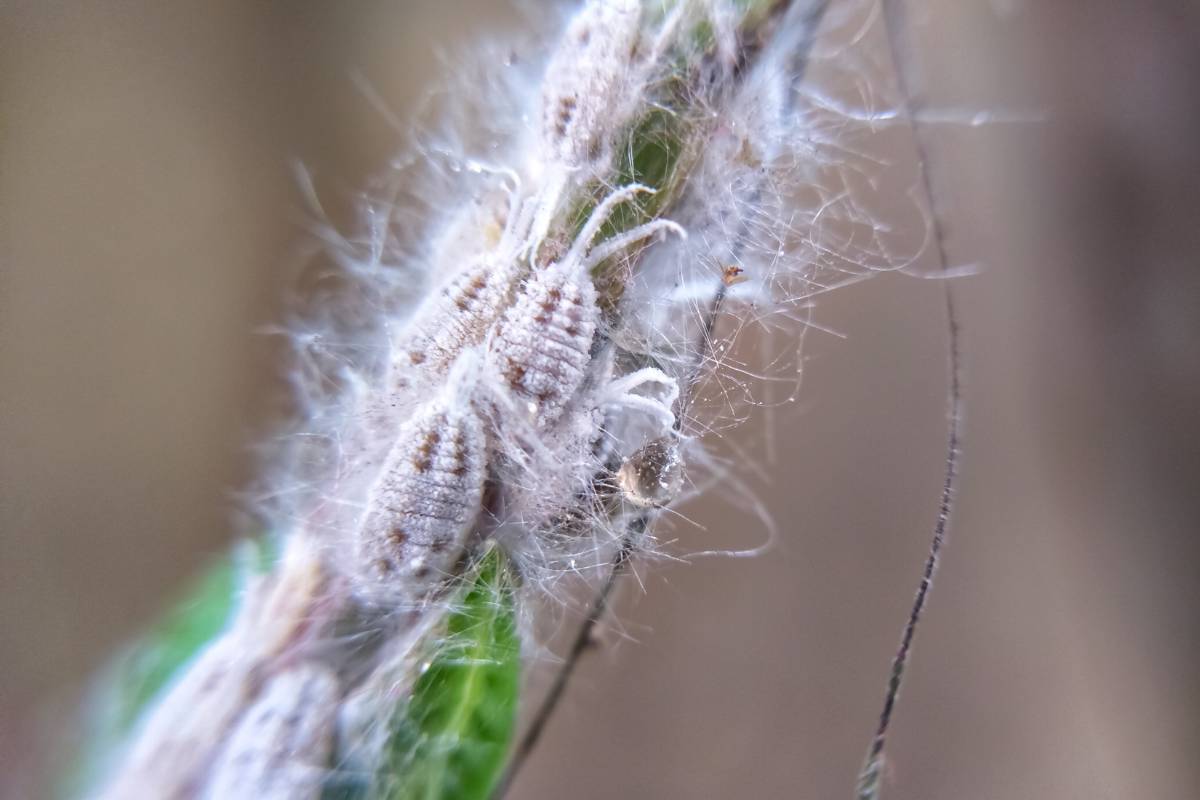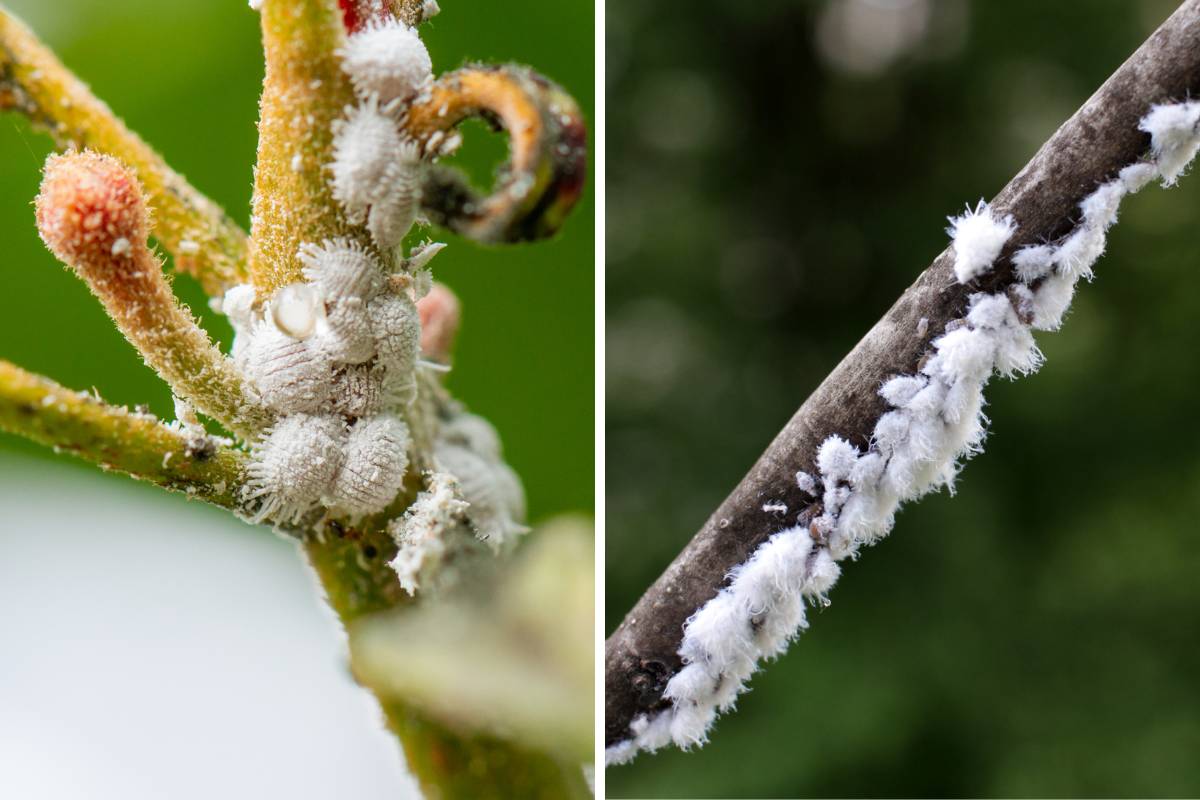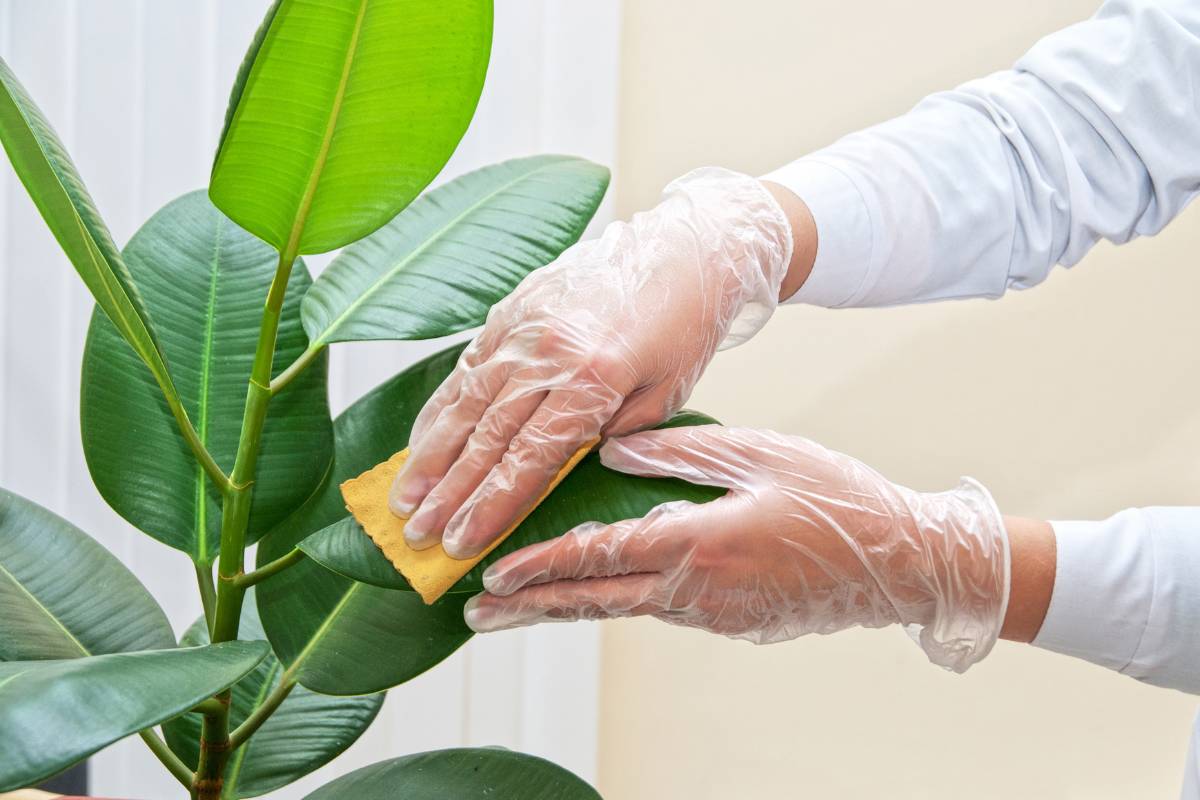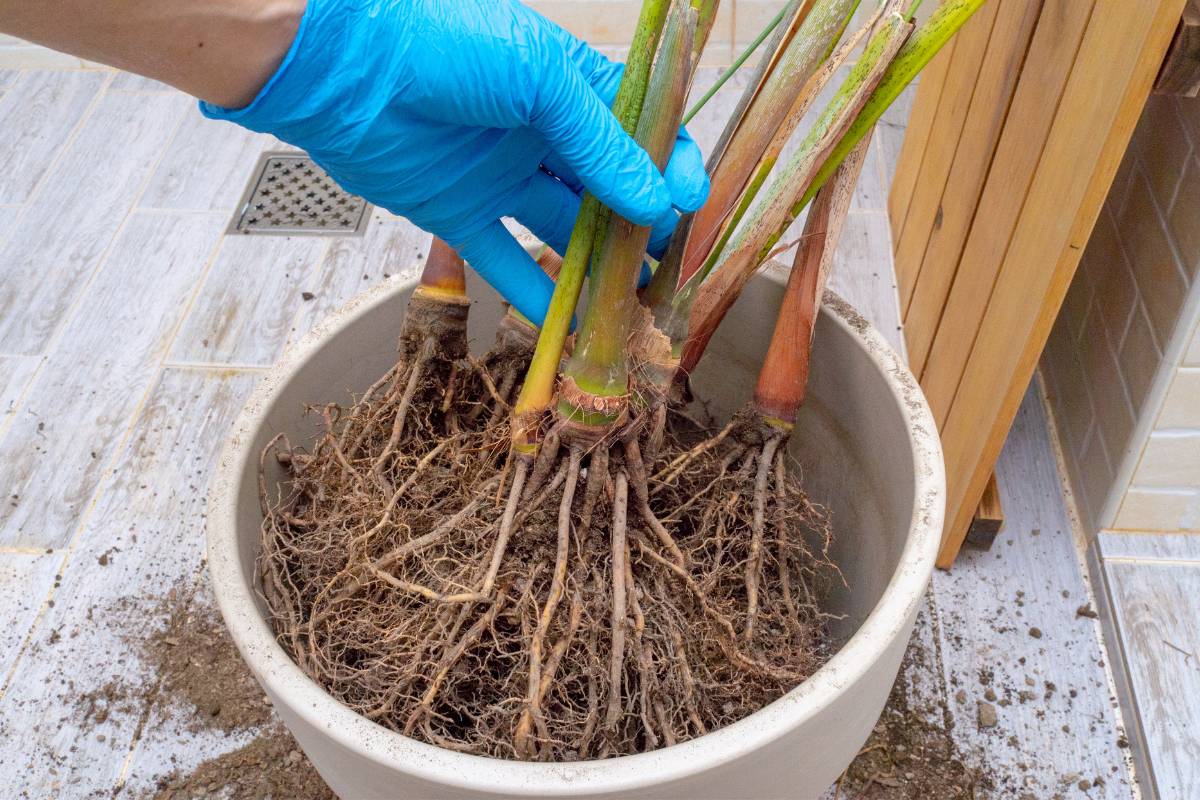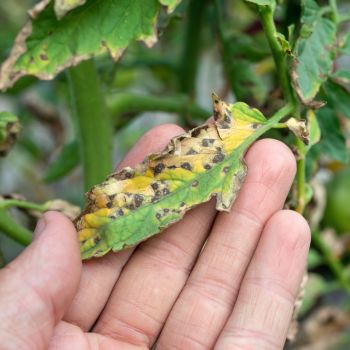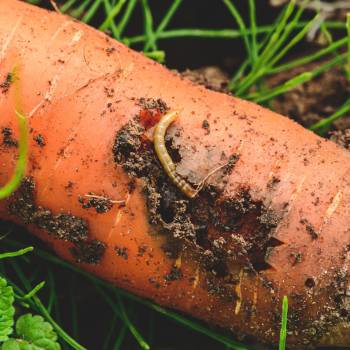Mealybugs are common pests on indoor plants and in the garden. While the damage these fluffy creatures do is often mild, mealybugs are one of the most difficult pests to eradicate once established.
There are several species of mealybugs in Australia, all members of the scale family, Pseudococcidae. Like other scale insects, they have a taste for plants with abundant juices, such as citrus and mango trees, as well as orchids and many indoor plants. Other items on the mealybug menu include plants with high nitrogen levels.
Read on to find out how to identify and manage a mealybug outbreak on your plants, whether you have just a few pests or a more severe, persistent problem.
What Do Mealybugs Look Like?
When you have an up close and personal encounter with a mealybug, you'll see that they’re rather tiny, measuring just 3-6mm long. They have a soft, oval body with pink, white or pale gray filaments at their bottom ends, much like a tail. A distinctive mealy wax that can resemble cotton wool is secreted to cover both eggs and adult insects.
Mealybugs are slow-moving insects that seem to have no cares in the world. They favour tight, protected spaces such as the bases of strappy leaves or the junctions between leaves and stems, and they can also be present in soil.
The Mealybug Life Cycle
The life cycle of mealybugs is fairly straightforward.
- Females lay 50-100 eggs over a 5-10 day period, though some species produce live young, called ‘crawlers’. Eggs are protected by a cottony mass of waxy filaments.
- Once hatched the live young, called nymphs, are very small, less than a millimetre long, and hide in the cottony egg mass. It’s a secure location for a few days or even weeks until they crawl to a new spot.
- Nymphs moult several times before they become adults. Both nymphs and adults have functional legs and can move short distances.
- Males live only a few days, long enough to mate with females. Some populations of mealybugs are female-only, reproducing asexually.
- Female mealybugs can live one to three months, depending on the temperature and host plant, laying several batches of eggs during their lives.
Signs of Infestation
Mealybugs are sap suckers, inserting their mouths into a leaf like a straw and removing liquid from the unsuspecting greenery. As well as this damage, they leave behind a honeydew secretion that attracts ants and encourages the growth of sooty mould.
In some instances, you’ll see the brazen mealybug slowly crawling on flower stems and the underside of leaves. The egg masses look like little pieces of fluffy cotton-wool. Ground dwelling mealybugs are particularly sneaky because they feed on roots and may not be seen until digging exposes them.
Healthy plants can tolerate a low mealybug infestation with little visual damage. With larger infestations plants may lack their normal vigor, loose leaves prematurely or die back at the tips. Both the plant and fruit, if applicable, suffer in quality. Should black sooty mould develop, it makes things worse.
Indoor greenhouses have a greater risk of mealybug infestation and damage because of year-round controlled temperatures. Plants grown in a greenhouse may take the mealybugs with them when moved outdoors.
Mealybugs are also a common pest of indoor plants, where consistently warm temperatures allow populations to establish easily.
Mealybug Management
The primary form of management for mealybugs is catching them through frequent monitoring. When removing them by hand, use cotton buds or balls dipped in rubbing alcohol, or wipe over leaves with a mixture of soapy water. Chemical sprays may not work on the afflicted plant because of the mealybug’s waxy exterior. If the mealybugs have invited their entire family to the picnic, a stronger treatment like an insecticidal soap spray (such as Natrasoap) can be used. Neem oil can also be used to treat infestations, which disrupts the insects’ digestion.
Outdoors, encouraging helpful insects that ingest mealybugs, such as ladybirds and lacewings, can help. A native ladybird beetle, Cryptolaemus (Cryptolaemus montrouzieri), is an effective biological control that's been exported around the world. Cryptolaemus are small beetles with an orange head and black wing covers; their larvae are mealybug look-alikes. Females lay their eggs into the fluffy egg masses of mealybugs, and both the larvae and adult beetles eat meaybug eggs and larvae.
Changing the soil of potted plants can also be beneficial, in case some of the mealybugs are hiding there. Rinse the roots, air dry, and then repot your plant in fresh soil.
Be consistent with your treatment. Check for mealybugs each time you water. Many people report that after months with no issues, suddenly they’re back. If the critters return, start again and try to catch them early. Your attention to detail and diligence is the key to healthy plants, even if it takes some time.
Treating Serious Infestations in Potted Plants
Sometimes you have to pull out the proverbial big guns with mealybugs. If you have a plant that regenerates stems and leaves, cut it back with no exception. Do this one plant at a time, sterilizing your secateurs in between. Put the prunings in a sealed garbage bag and dispose of this in general waste.
For plants that won’t regrow their leaves, it’s still worthwhile removing the most affected ones so long as this doesn’t leave the plant looking too sad.
Step two is removing the plant from its pot. Do not reuse the pot until it has been thoroughly sterilised. Remove the soil and, as above, dispose of it responsibly.
Now your plant gets a bath. Wash it with soapy water from the roots to the stem. Most insects can’t survive this treatment, so long as you’re thorough getting into all the nooks and crannies where pests may be living. A sponge or rag works fine. Follow this with a good rinse.
Repot the plant using fresh potting mix and the newly sterilised pot. Before returning your newly repotted plant to its original location, wipe over surrounding surfaces to remove any stray insects that may find their way back to your plant.
Isolate the plant from others in your collection and monitor it for a few weeks to make sure there are no signs of the pests returning.
Can Mealybugs Hurt Humans?
Mealybugs don’t bite people (apparently we don’t appeal to their pallet). You might however discover some skin irritation from the sticky residue they leave behind. Plane soap and water should resolve this issue.
Mealybugs are insects that require a degree of diligence to control. Knowing a little of their lifecycle and management options is helpful when dealing with this persistent pest.
